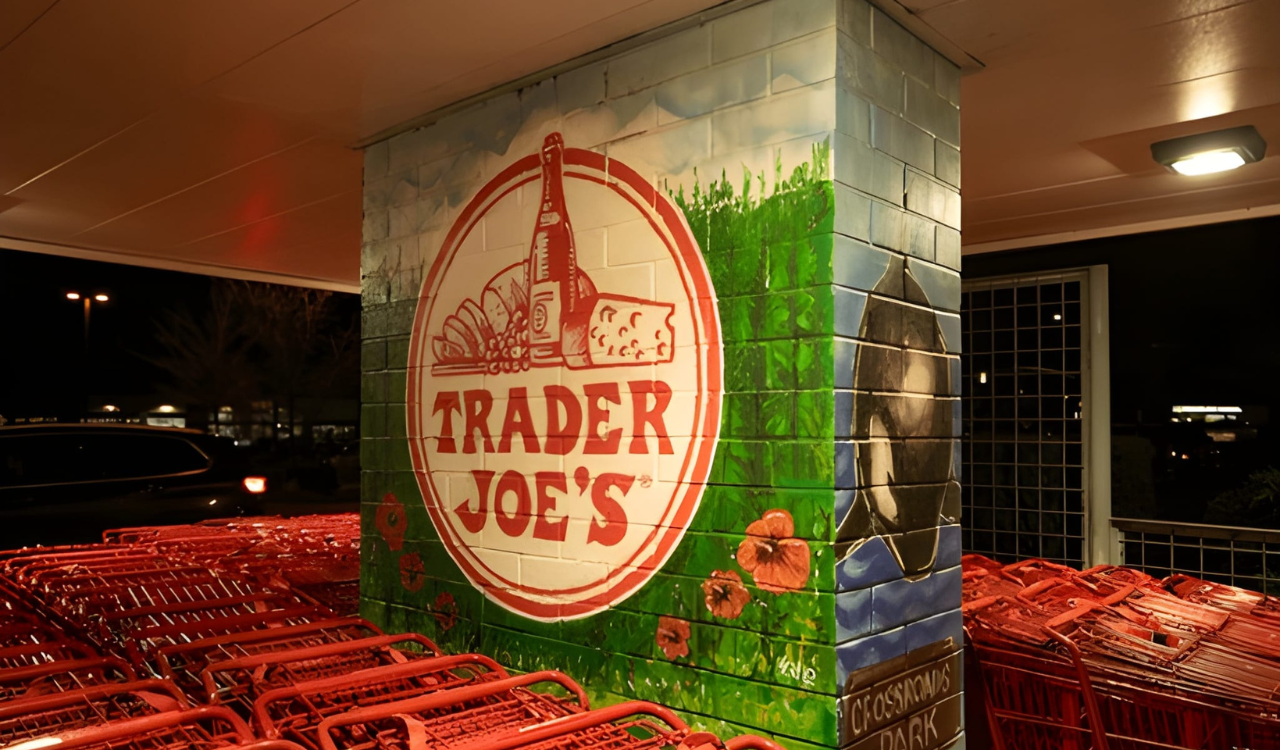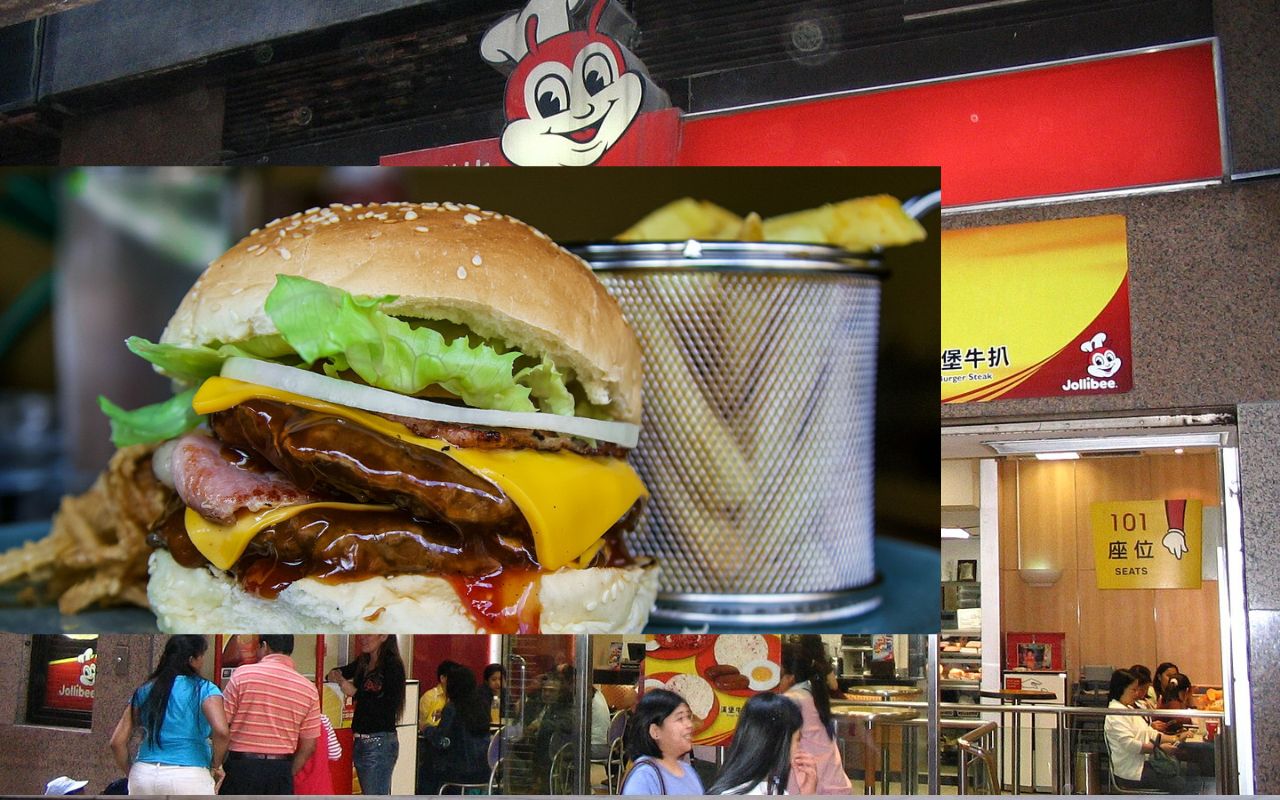13 Old‑School Sandwiches Americans Rarely Order Anymore
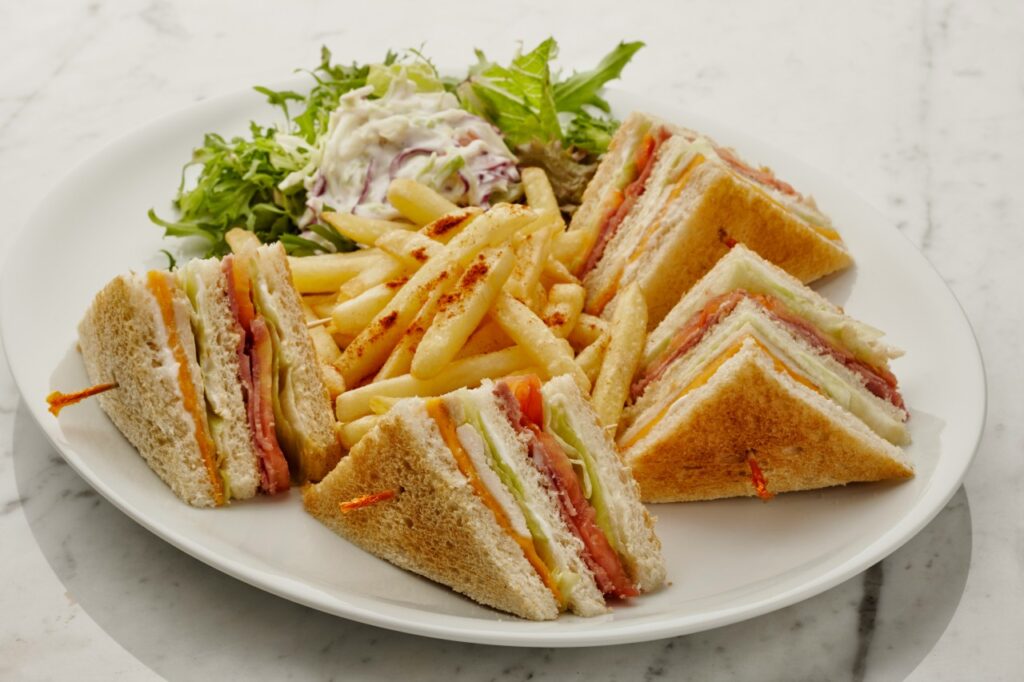
America’s sandwich history is filled with creativity, regional flair, and flavors that once defined lunch counters and diners across the country. Many classics have faded from menus, replaced by modern or fast-food alternatives, yet each tells a story of culinary tradition, resourcefulness, and everyday comfort. From hearty roast beef and gravy to layered club sandwiches and crispy Po’ Boys, these 13 old-school sandwiches offer a delicious glimpse into flavors that shaped generations and still evoke nostalgia today.
1. The Beef Manhattan

The Beef Manhattan is a hearty, comforting sandwich that evokes memories of mid-century diners. Tender slices of roast beef are layered between soft white bread and generously smothered in rich brown gravy, often accompanied by mashed potatoes or sautéed onions. It was a favorite for workers seeking a filling lunch, combining simplicity and warmth. Its decline stems from the rise of faster, lighter sandwiches, yet for those who remember it, every bite brings a nostalgic sense of satisfaction and tradition.
2. The Chopped Ham Sandwich
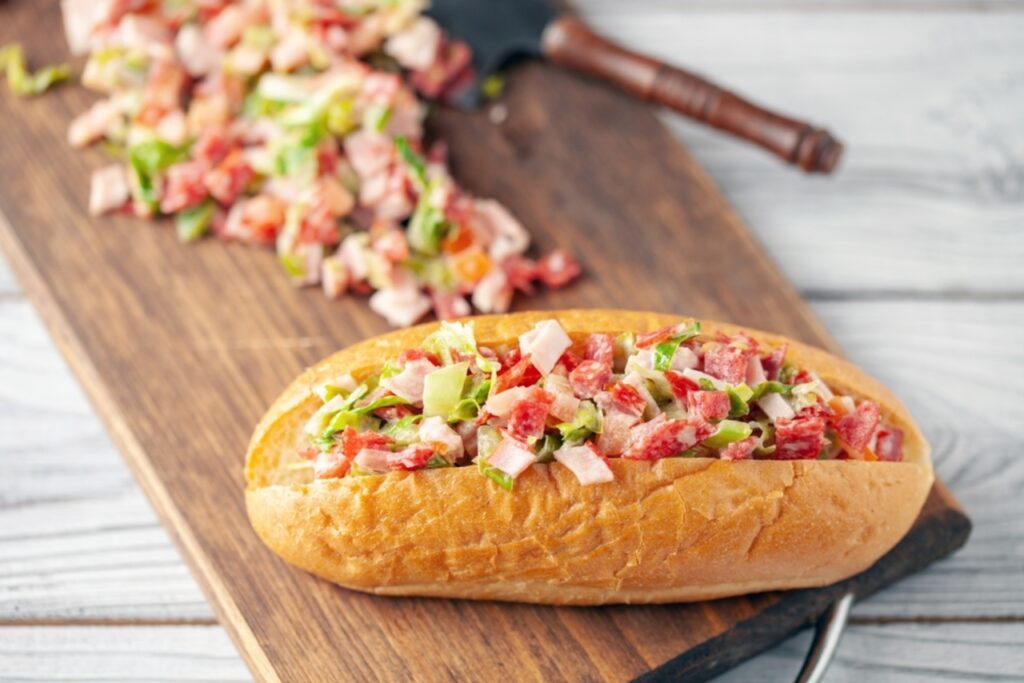
The chopped ham sandwich is a classic midwestern comfort food, featuring finely chopped smoked or cured ham blended with a touch of mustard or mayonnaise. Served on soft bread or rolls, it offered an affordable, protein-rich option for school lunches and casual diners. Its mild, savory taste and soft texture made it appealing to children and adults alike. While less commonly ordered in restaurants today, it remains a cherished homemade favorite that reflects mid-20th-century American simplicity and practicality.
3. The Sloppy Joe
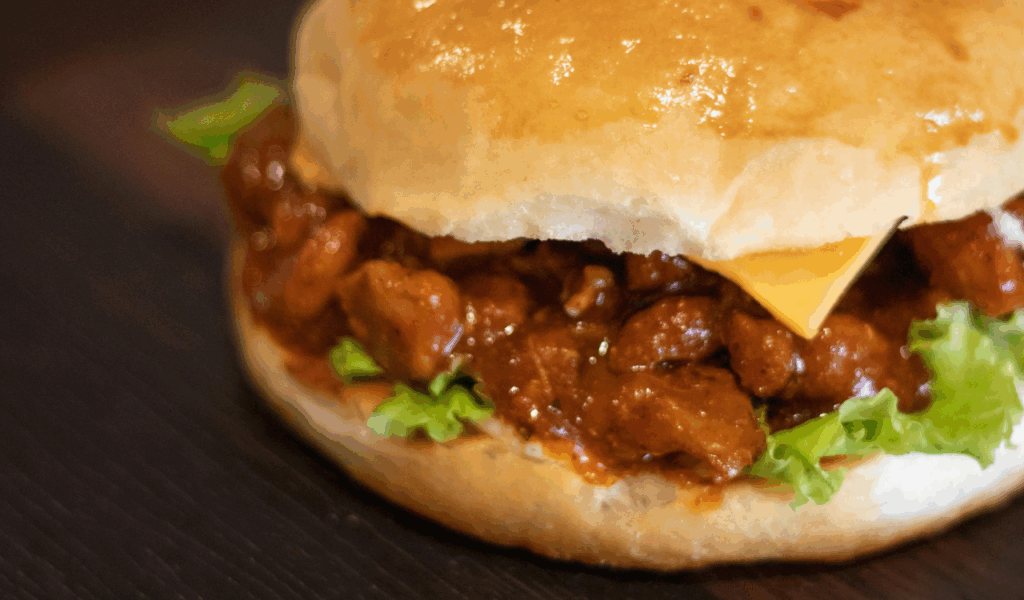
The original Sloppy Joe is a messy, flavorful tribute to inexpensive, filling meals of the 1930s through the 1960s. Ground beef is cooked with onions, tomato sauce, and a hint of spices before being piled onto a soft bun. Its appeal lay in being quick, hearty, and affordable for families and school lunches. Though modern fast-food burgers replaced many traditional diner staples, the Sloppy Joe retains nostalgic value for its tangy-sweet taste and the comforting memories of casual, homey meals across generations.
4. The Tuna Melt
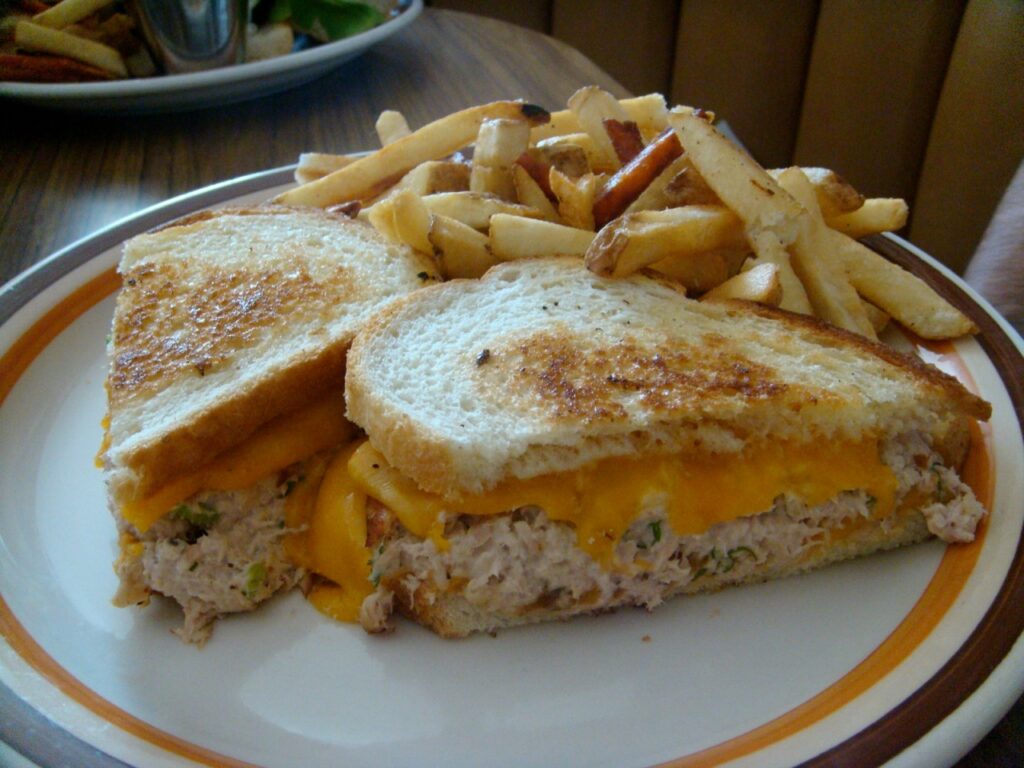
The tuna melt combines creamy tuna salad with melted cheese on toasted bread for a warm, satisfying experience. It was a diner staple in the mid-20th century, prized for its balance of textures and flavors, easy preparation, and filling qualities. Despite its decline due to lighter or trendier lunch options, the tuna melt remains a comfort classic. The crisp bread, soft tuna filling, and gooey cheese provide a satisfying combination that evokes nostalgia and the welcoming atmosphere of traditional American lunch counters.
5. The Hot Brown
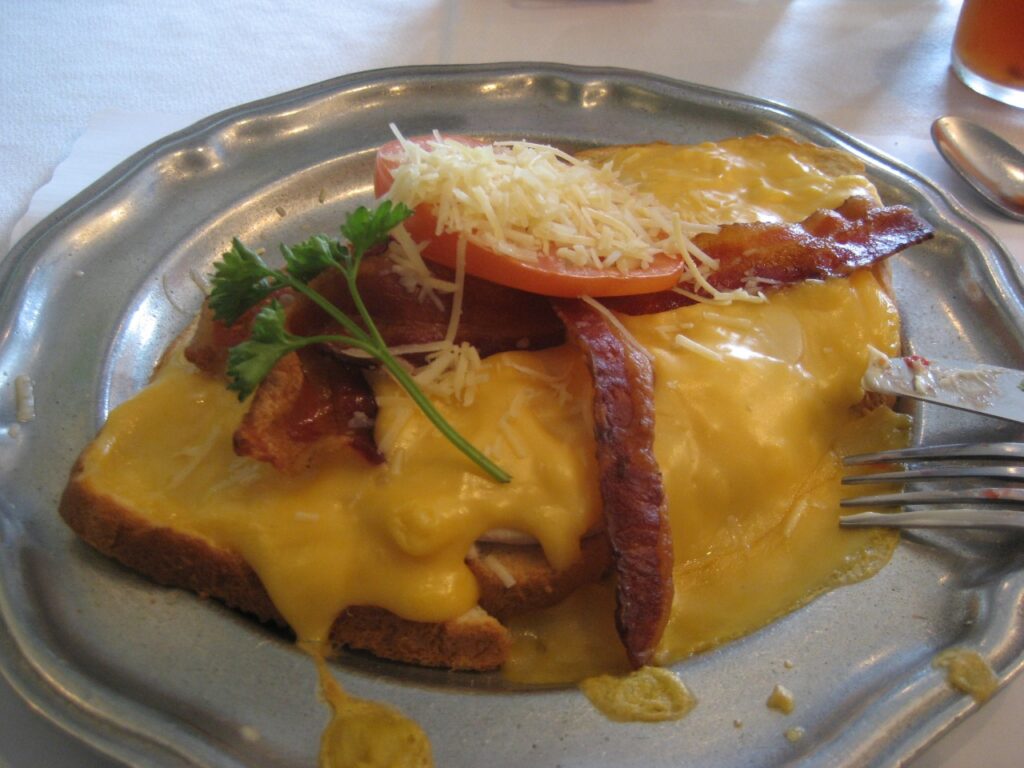
The Hot Brown is a decadent creation from Louisville, Kentucky, originating in the 1920s. Slices of turkey and bacon are layered on toasted bread and topped with creamy Mornay sauce, then broiled until golden and bubbling. It was originally designed as a late-night indulgence for hotel diners. Its richness and elaborate preparation make it less common on contemporary menus, but it remains a symbol of classic Southern hospitality and culinary flair, celebrated by those who appreciate indulgent, flavorful sandwiches with historical roots.
6. The Lobster Roll (New England Style)
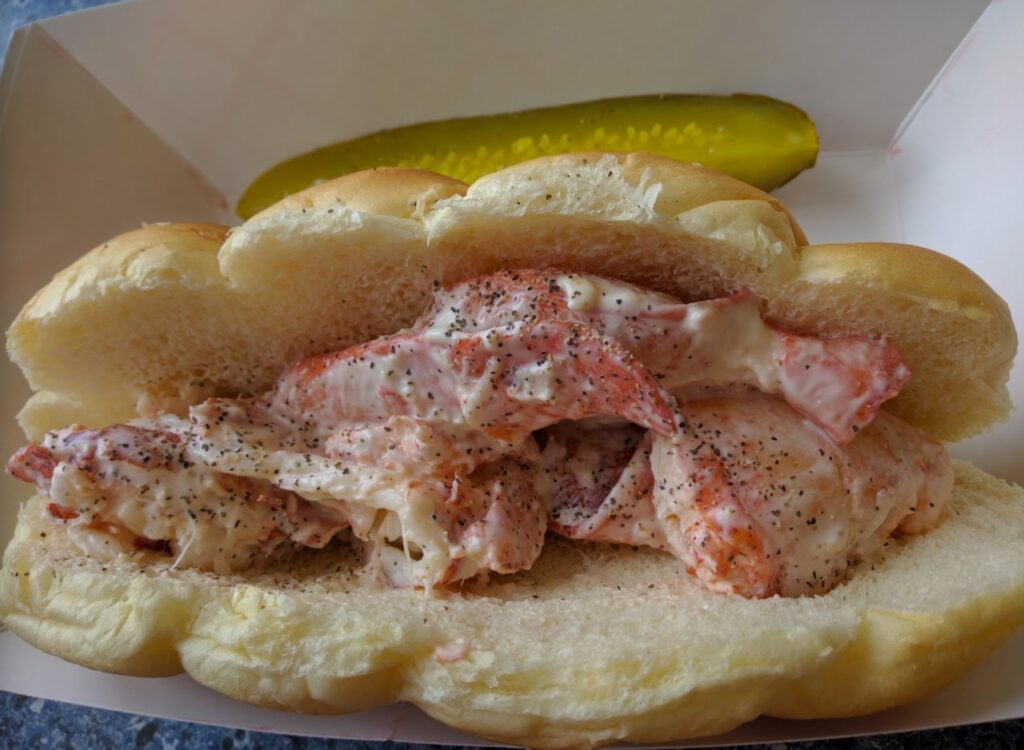
The traditional New England lobster roll is a simple yet luxurious sandwich. Tender lobster meat is lightly dressed with mayonnaise and nestled into a buttered, split-top roll, highlighting the sweet, delicate flavor of the shellfish. Once a casual seaside favorite, it has become less commonly ordered nationwide due to high cost and seasonal availability. Its enduring appeal lies in showcasing fresh, regional ingredients and the minimalist approach that lets the lobster shine, offering a taste of coastal American culinary heritage.
7. The Po’ Boy
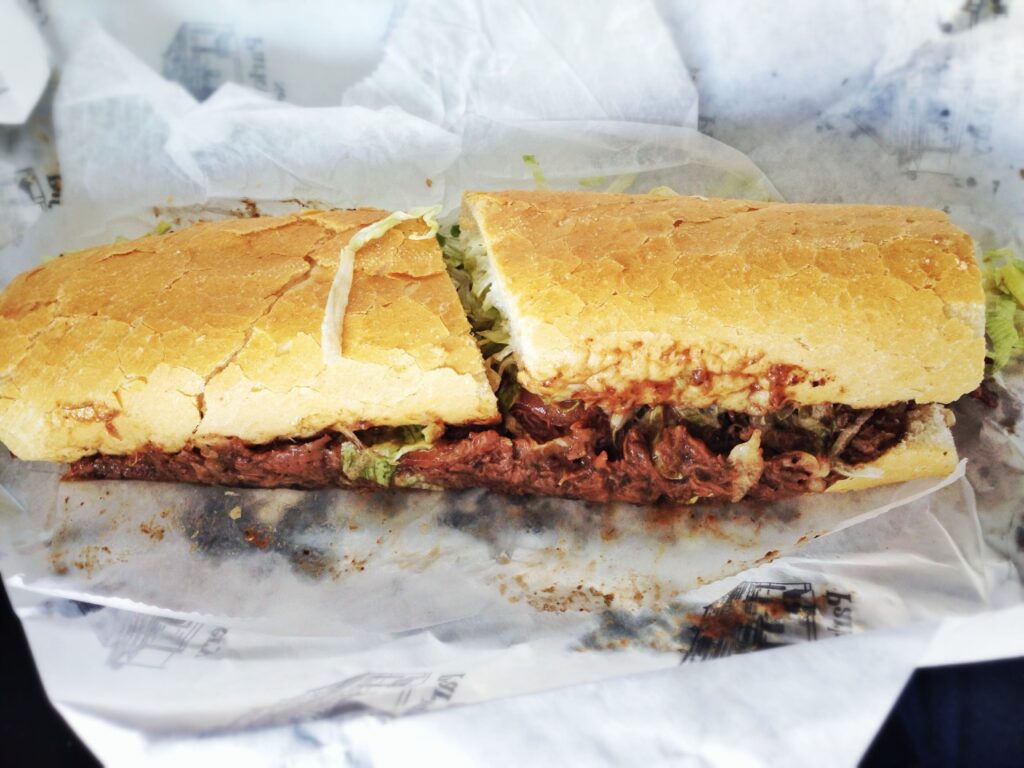
The Po’ Boy is a Louisiana institution, celebrated for its crispy fried seafood or roast beef nestled into a fluffy French-style baguette. Topped with lettuce, tomato, and pickles, it was a working-class favorite that showcased local flavors and ingredients. While it remains iconic in New Orleans, it is rarely seen outside the region due to the specific bread and preparation required. Its enduring charm comes from the balance of textures, the bold flavors of fried fillings, and its deep connection to Southern culture and tradition.
8. The Italian Beef Sandwich
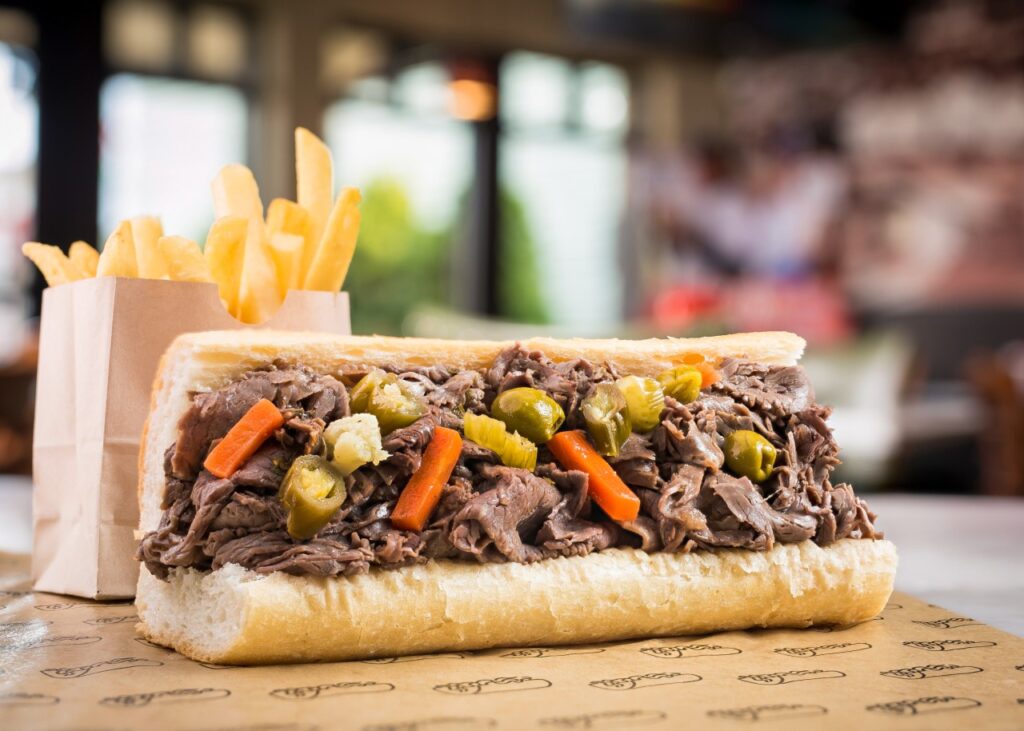
Chicago’s Italian beef sandwich is known for its thinly sliced, seasoned roast beef piled high on a long roll, often dipped in au jus and topped with spicy giardiniera. A beloved working-class staple, it offers bold, savory, and slightly spicy flavors. Its regional popularity and preparation complexity keep it largely confined to Chicago, yet it is celebrated locally as a culinary icon. Each bite is a mix of tender beef, spicy peppers, and soft bread, capturing the city’s unique flavor traditions and midwestern ingenuity.
9. The Fried Bologna Sandwich

The fried bologna sandwich is a nostalgic diner classic, featuring thick slices of bologna fried until golden and served on soft bread with mustard or mayonnaise. Once a cheap, satisfying lunch option for working families and students, it’s now rarely ordered in restaurants due to changing tastes and health considerations. Its simple, salty, and savory flavor makes it memorable for those who grew up eating it. Despite its decline, it remains an iconic comfort food that embodies mid-century American practicality and charm.
10. The Egg Salad Sandwich
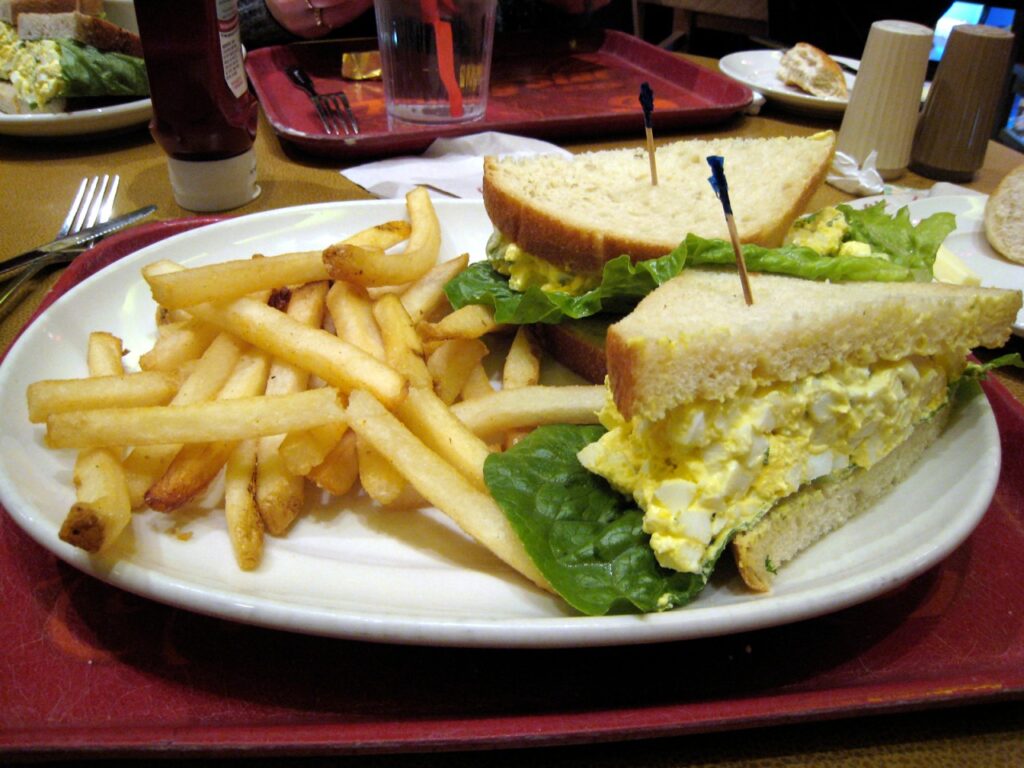
The egg salad sandwich is a timeless, creamy classic made from chopped hard-boiled eggs mixed with mayonnaise, mustard, and seasonings. Perfectly portable and mild in flavor, it became a lunchtime favorite for children and adults alike. Its decline in restaurants correlates with the popularity of lighter, trendier sandwiches, but it continues to thrive as a homemade staple. The combination of soft bread and rich, flavorful filling provides a simple, satisfying bite that has stood the test of time as an everyday comfort food.
11. The Liverwurst Sandwich

Liverwurst sandwiches were a mainstay among German-American communities in the Midwest, made with smooth, spreadable sausage on rye or white bread with onions or pickles. Rich in flavor, it was an inexpensive and protein-packed lunch option. Though less popular today due to changing palates and unfamiliarity among younger generations, it remains a nostalgic favorite for those who grew up with it. Its creamy texture and savory taste reflect a culinary tradition rooted in heritage and practicality.
12. The Slaw Burger
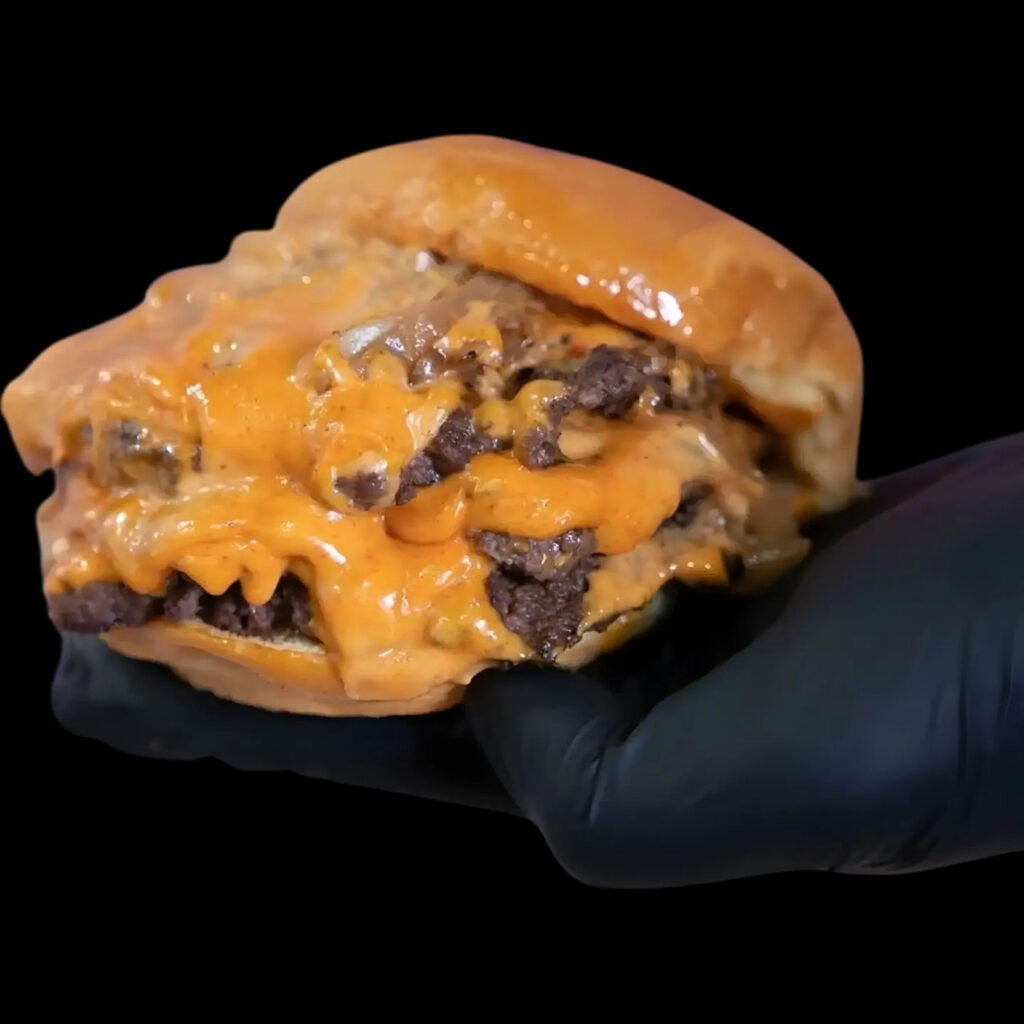
The slaw burger, a diner classic, pairs a juicy beef patty with a generous helping of creamy coleslaw. The cool, tangy crunch contrasts with the savory burger, creating a balanced and flavorful bite. Popular in roadside stands and casual restaurants, it was once an inventive twist on the standard burger. Its decline nationally stems from changing tastes and preferences for simpler toppings, but regional favorites keep it alive. The slaw burger remains a testament to mid-century creativity in American comfort food.
13. The Club Sandwich
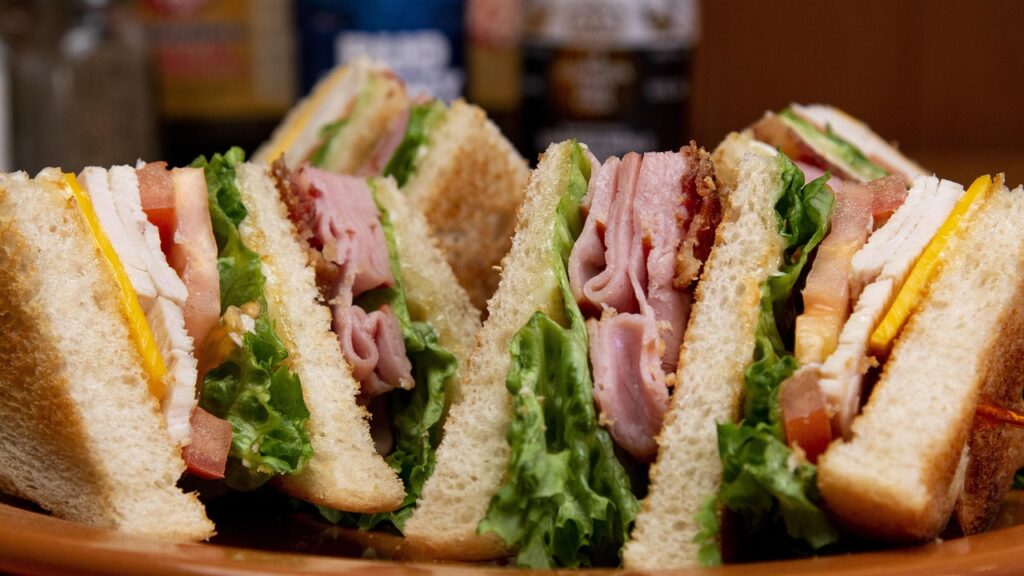
The club sandwich is a layered, triple-decker creation featuring turkey, bacon, lettuce, tomato, and mayonnaise between toasted bread. Once synonymous with hotel and diner lunches in the mid-20th century, it was considered upscale yet approachable. Its decline is due to the preference for simpler, quicker sandwiches, but the club remains a classic, admired for its balance of textures, rich flavors, and structured elegance. It represents a slice of American culinary history that is still celebrated in traditional eateries.

